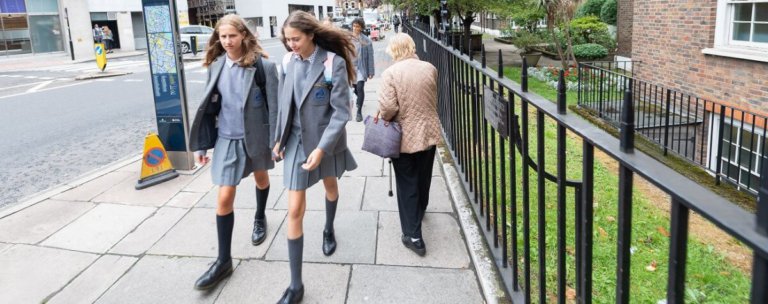
The demographics in UK private schools are changing as the rate of fee increases outpace wage growth in the country, a new report has found
Over the last two decades, fees have increased 403 percent and are now more than five times the 1990 average, according to research by UK investment house Killik & Co. As these fees make private education unaffordable for many UK parents, schools are increasingly signing up more international students.
“The additional demand for school places driven by these pupils may well have helped support the above-inflation cost of fees,” says the report author, Svenja Keller, Head of Wealth Planning at Killik & Co.
“By increasing the number of international students, the potential pool of high-income parents is increased far beyond those based solely in the UK.
“This may concern middle-class parents who would like to educate their children privately since the pool of very wealthy international parents is considerable. Over time if the sector continues to be attractive internationally, then overseas pupils may gradually price out more and more UK families.”
Private school fees in the UK rise fivefold in twenty years – what’s causing this stratospheric jump in costs?
Find out more:https://t.co/HxXBHQBq1E#Education #UK
— Relocate Global (@relocatemag) October 15, 2019
It now costs an average of £15,000 a year at an independent day school, up from £14,562 last year. There are also additional costs that could amount up to another £3,282 per pupil per year for uniform, music lessons and sports kit.
In total, parents could be paying a projected £325,600 for a child starting in 2019, including fees and educational extras, up from £283,600 for a child starting in 2015. Two decades ago, this would have cost £212,000 for two children starting in 1990 and 1992.
UK professional wages, on the other hand, have not risen in line with this.
This fee increase coincides with the share of pupils in British private schools with foreign permanent home addresses that have more than doubled since two decades ago, according to the report, Private Education Index: Evaluating the Future of your Children’s Education. There are now 29,000 such students in 2019, representing 5.4 percent of the private school cohort, compared to the 12,000 (2.6 percent) such students in 1989. In addition, there are 26,000 (4.9 percent) more students who were born abroad but had parents living in the UK.
Killik & Co advises UK parents to consider enrolling their children in a state primary school before switching to a private secondary school. This could save them up to £117,900, or help build up a fund for university fees.
According to Killik & Co’s calculation, parents stand to build a portfolio worth £360,000 by the end of sixth form, with a realistic four percent rate of return for the 14 years of school fees. They would receive a return of £88,700 over the level of any fees invested, enough to cover the cost of university.
Liked this? Then you’ll love…
UK’s private school debate: 3 things you should know
Australia: Private school fees rise above the rate of inflation







